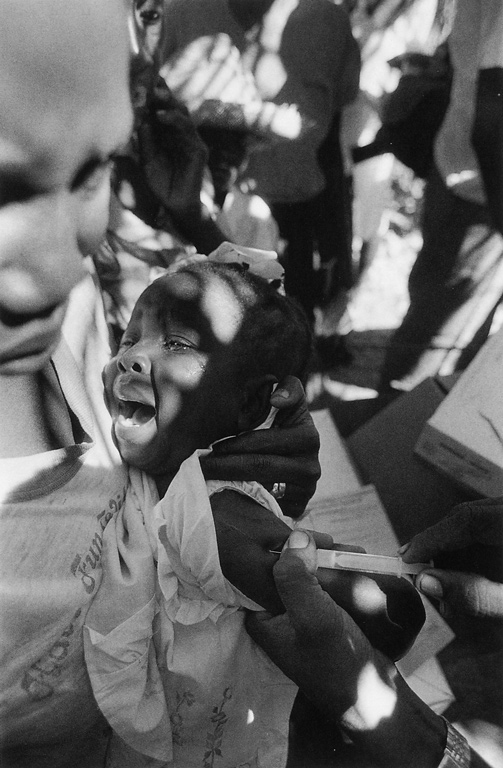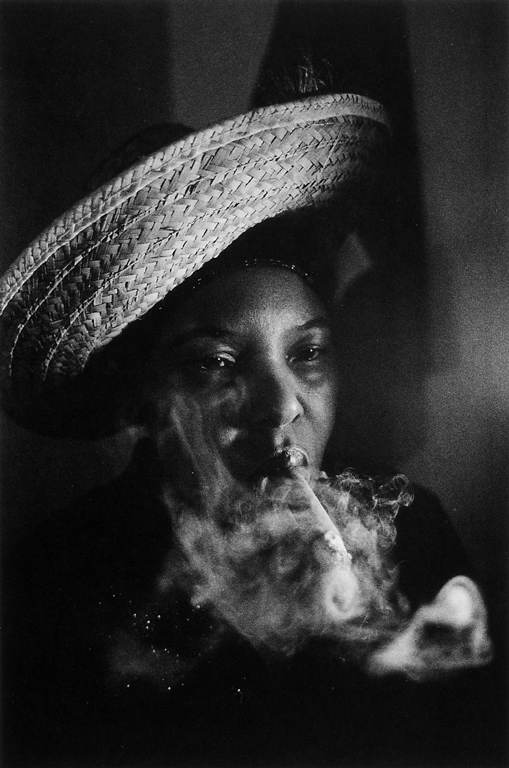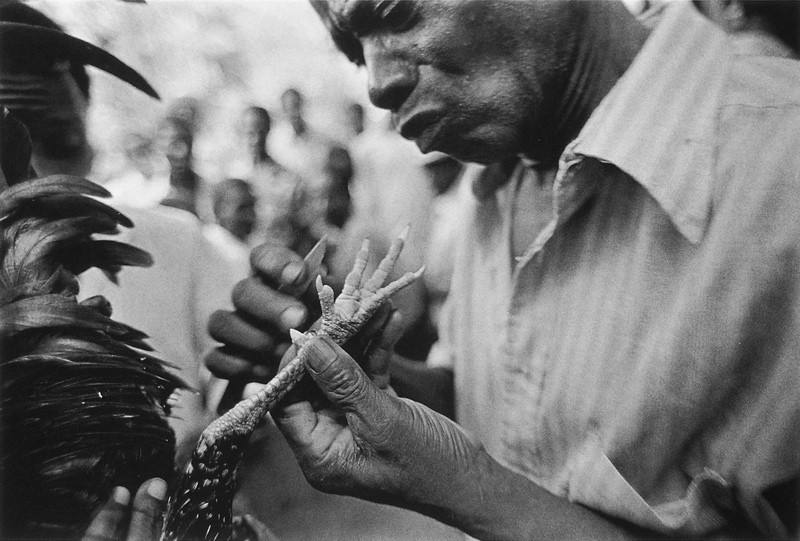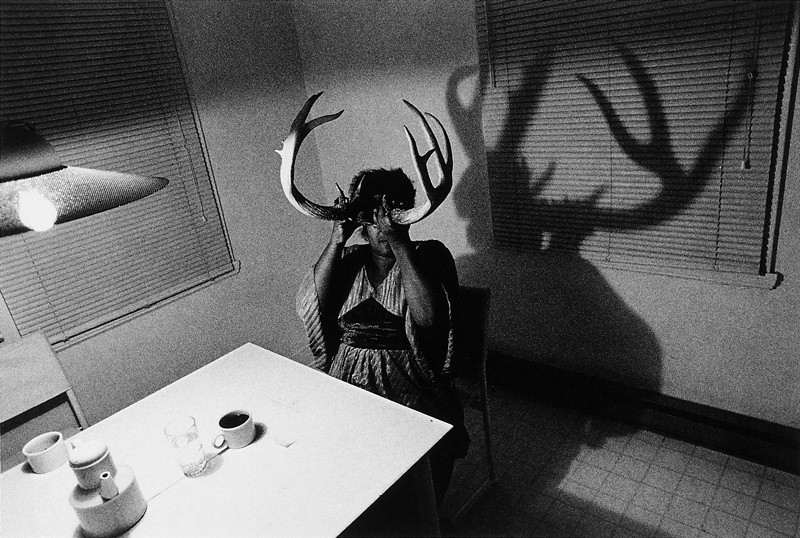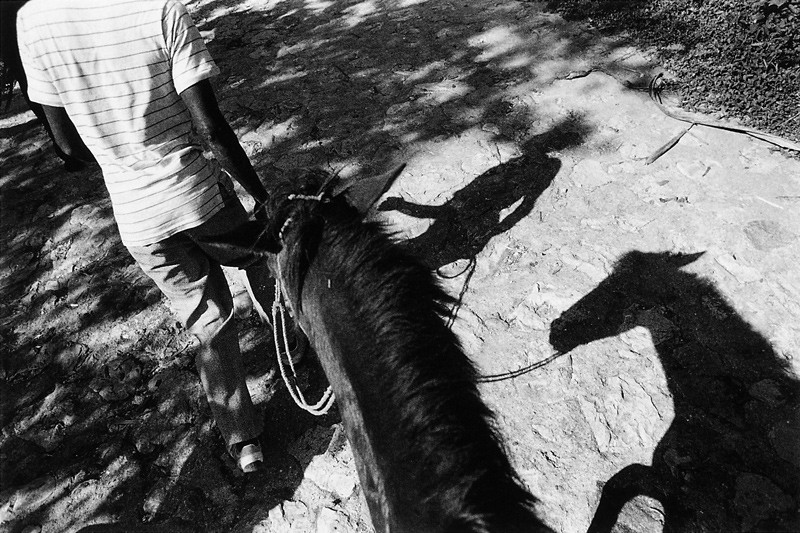[Fall 1993]
Abstract
Benoît Aquin’s images are difficult to classify. They assume all the appearances of documentary photography. Like many photographers born during the sixties, he chose to follow this tradition that characterizes the production of an entire decade. These photographers have refused militancy and see the world without any constraints. In this spirit, Benoît Aquin, in 1988 and 1990, made photos that offer an alternative view of highly mediatized subjects namely, the people of Guatemala and the disarmament of the Contras in Nicaragua where in he contrasts the singularity of individual destinies with media generalities.
Aquin carried his chosen approach even further in his reporting on the Oka crisis in 1990, whereby he clearly demonstrated that our perception of the truth is a complete fabrication. The photographer-documentarian continues to work with the fixedness of images that permit a critical perspective intended neither to please nor to confirm generally-held opinions. At the same time as he pursued these other projects, in 1989 Aquin undertook the production of a document about Haiti and its diaspora, creating images of moments in everyday life as they pass by-images that are sober and entirely classic in appearance and that avoid Western moralizing exoticism and rectitude. Benoît Aquin places himself on the level of his subjects while maintaining his stead-fastness of purpose. The forcefulness of his images is in the experience that they represent. The sum total of these dense snapshots puts curiosity back on the agenda of a world saturated with images, bored with its privileges, that has seen everything, heard everything, that has made up its mind about everything, that participates in absentia in all the planet’s events, that has lived in a thousand foreign cultures by proxy.


